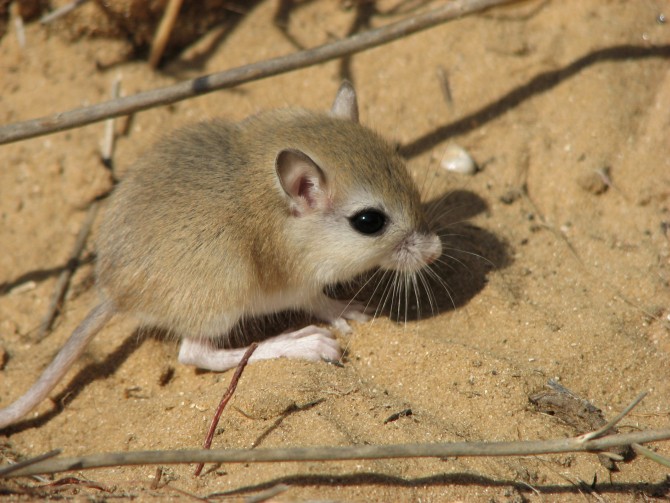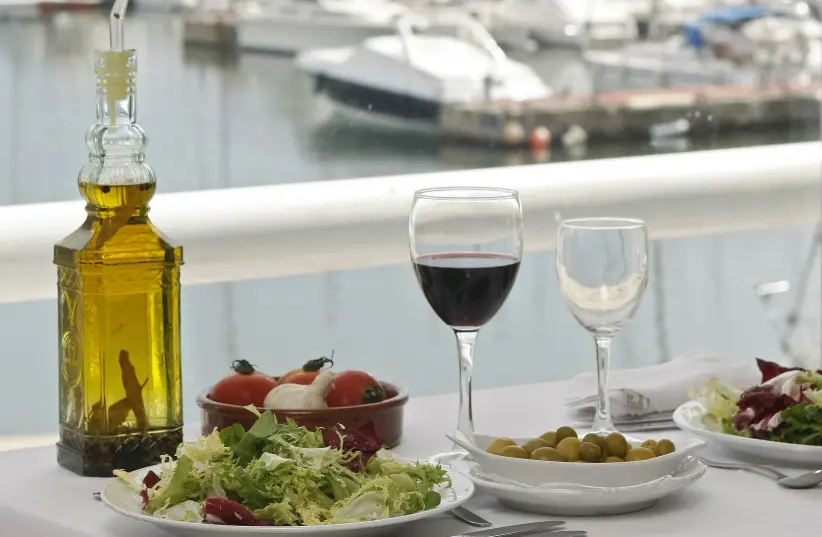
Last Dune Standing
July 17, 2017
Hakai Magazine — Nestled along the Mediterranean coast between the cities of Ashdod and Ashkelon lies the Nizzanim Nature Reserve—18 square kilometers of brush-covered, wind-blown desert. It is Israel’s last remaining stretch of near-virgin sand dunes and home to a range of rare desert species.
Since the establishment of the State of Israel, Nizzanim has survived virtually intact. But it is now under threat, primarily from a new master plan released by the municipality of Ashod that gives the go-ahead to build on adjacent dunes, breaking a long-standing agreement with local environmentalists.

Prof. Pua Bar
But the dunes are not yet doomed. Their chief defender is Prof. Pua Bar of BGU’s Department of Geography and Environmental Development. For the past 16 years Prof. Bar has been monitoring and fighting for the flora and fauna of Nizzanim.
“It’s the only sand dune of its type in Israel, the only one similar to what it was like before the establishment of the country,” she says.
Nizzanim has never been entirely untouched. For at least 200 years, Prof. Bar explains, nomadic Bedouins built huts and fences of Artemisia monosperma, a bitter-tasting dwarf shrub found on the dunes. They also burned the shrub as firewood, and their herds of sheep and goats trampled the sand, further preventing stabilization of the dunes.

The Anderson’s gerbil is one of the species that needs the habitat of the threatened Nizzanim Nature Reserve on Israel’s coast. Photo: Prof. Pua Bar
To keep today’s dune intact, Prof. Bar’s team keeps tabs on overzealous plants such as Artemisia. She and her colleagues have tried a number of tactics to protect the eco-balance, including bringing in a herd of camels to eat the shrubs (although they unfortunately shunned them). In other areas of the reserve, the team has used bulldozers to uproot shrubs.
The results from bulldozing have been encouraging, with increases in sand-dwelling species such as the greater Egyptian gerbil and Scarites striatus, a rare and endangered beetle.
But Ashdod’s expansion may cause irreparable damage, and Prof. Bar’s considerable efforts are at risk of being undermined.
“Not enough people are bothered about the fact that we are destroying the landscape,” she says.
Despite the ongoing turmoil in Ashdod’s city hall, Prof. Bar will continue in her efforts to preserve the wilderness of Nizzanim—for her country and for the wild plants and animals.
“We know almost nothing about the majority of the species here, and we have many things to discover and to study.”



